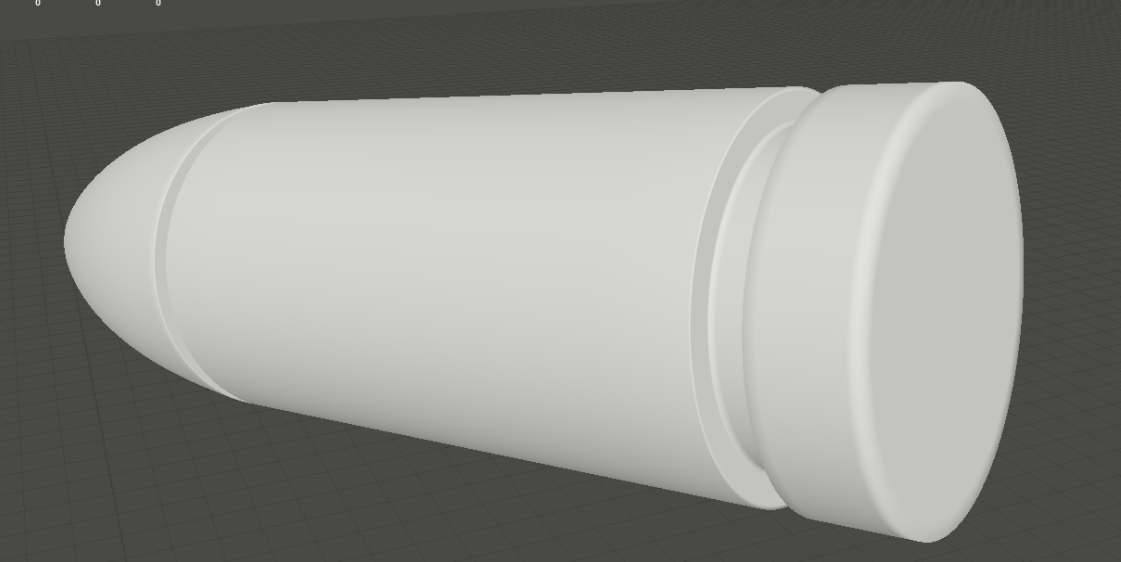The BRAWL² Tournament Challenge has been announced!
It starts May 12, and ends Oct 17. Let's see what you got!
https://polycount.com/discussion/237047/the-brawl²-tournament
It starts May 12, and ends Oct 17. Let's see what you got!
https://polycount.com/discussion/237047/the-brawl²-tournament
ZBrush, Maya, Creased/Soft/Hard Edges
Hey there 
I have that mesh in maya:

notice the creased edges on the outer edges, i added them to get a smoother look while maintain the hard edges there when subdividing:

because WITHOUT that crease subdiv would look like that:

so i export that with creases as FBX:

and import it into maya:

the "creased" edge is now lost,
i know i can "soft/hard" edges" to do that automatically
but is that really something i should do by hand?
I just noticed that while i got weird baking results.....
Should i leave "creasing" edges and use supporting edges instead?
So is it "crease" vs "supporting edge loop"?
I have that mesh in maya:

notice the creased edges on the outer edges, i added them to get a smoother look while maintain the hard edges there when subdividing:

because WITHOUT that crease subdiv would look like that:

so i export that with creases as FBX:

and import it into maya:

the "creased" edge is now lost,
i know i can "soft/hard" edges" to do that automatically
but is that really something i should do by hand?
I just noticed that while i got weird baking results.....
Should i leave "creasing" edges and use supporting edges instead?
So is it "crease" vs "supporting edge loop"?

Replies
For this for example i have to build a bullet, so no need to make a cylinder, make it super highpoly and smooth out the tip and "dam standard" the cap at the end, because i could easily blockout that in maya.
just an example. This way i have better control as i find (as you said, personal workflow)
I would love to hear other thought about that too if possible :-D
It is also limiited in that you cannot easily and non-destructively edit things like bevel size. For that sort of workflow you wanna study what the hard-surface guys working in max are doing. There is tons of threads here about it, I am sure you have seen some of them. Some of the regular posters in those threads have tutorials and if you just creep through their post history you can find lots of good breakdowns covering their techniques. I don' tknow much about them, I just know that the knowledge is there shoudl I need it.
Or we use scripts to convert the creases to real bevels.
Or we use scripts to convert the geo to a sculpt mesh.
Or we dynamesh it in Zbrush.
All that depends on how clean you need the topo in the end.
Short note on the geo above. Its not ideal for zbrush. To much non uniform topo.
The middle part needs much more spans to work for sculpting.
Autoretopo in Maya is handy in that case.
But for that bullet i would model it by hand.
Just use a setting of 10 and you get a razor sharp edge.
The main reason for using creases is that they work during rendertime.
Every modern offline renderer does work with creases. Even some engines does use them.
Think the only displacement baker is mudbox that is able to bake onto creased objects.
@oglu
it'S not a mesh I would use, it is just some bullet I blocked out to fiddle with creasing/subdividing/exporting
Just select the crease sets in the set editor and do a bevel. On more complex objects it needs some cleaning work.
Zbrush deal with.ma files and keep crease informations.